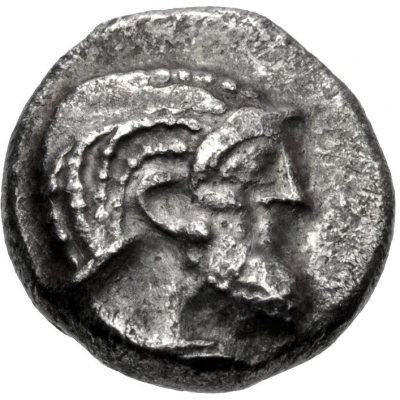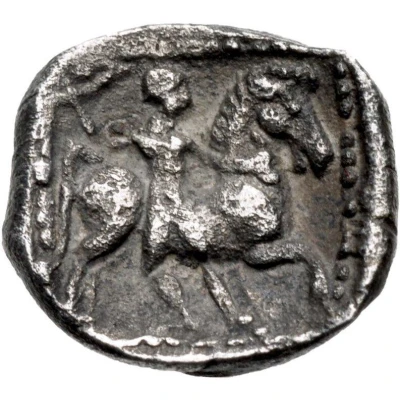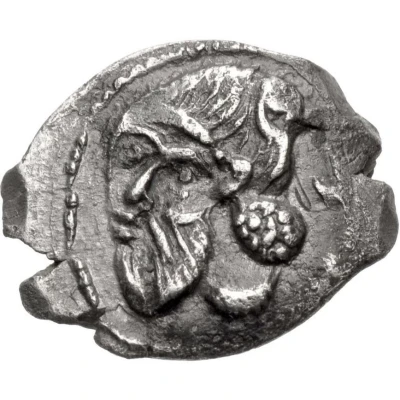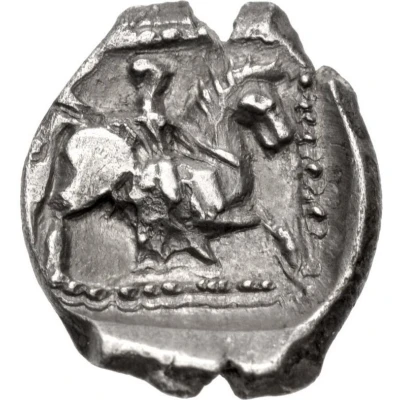


© Classical Numismatic Group, Inc.
Obol 450 BC - 333 BC
| Silver | 0.72 g | 8.5 mm |
| Issuer | Uncertain Philistian city (Cities of Philistia) |
|---|---|
| Type | Standard circulation coin |
| Years | 450 BC - 333 BC |
| Value | 1 Obol (⅙) |
| Currency | Drachm |
| Composition | Silver |
| Weight | 0.72 g |
| Diameter | 8.5 mm |
| Shape | Round (irregular) |
| Technique | Hammered |
| Orientation | Medal alignment ↑↑ |
| Demonetized | Yes |
| Updated | 2024-10-10 |
| Numista | N#88569 |
|---|---|
| Rarity index | 97% |
Reverse
Front-facing Gorgoneion.
Interesting fact
The Obol coin was used as a form of currency in ancient Philistia, which is now modern-day Palestine and Israel. The coin's design features a lion's head, which symbolizes strength and power, and the reverse side features a wheel and a pomegranate, which are symbols of fertility and prosperity. The Obol coin was widely used for trade and commerce in the ancient world and is considered a valuable artifact for collectors and historians today.



